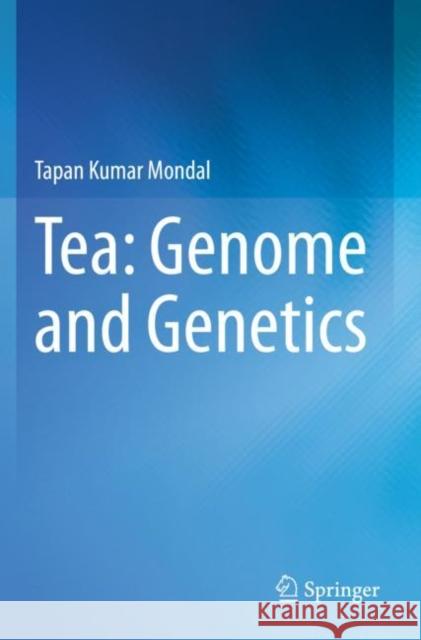Tea: Genome and Genetics » książka
Tea: Genome and Genetics
ISBN-13: 9789811588709 / Angielski / Miękka / 2021
Tea: Genome and Genetics
ISBN-13: 9789811588709 / Angielski / Miękka / 2021
(netto: 384,26 VAT: 5%)
Najniższa cena z 30 dni: 385,52
ok. 22 dni roboczych.
Darmowa dostawa!
Tea is an important non-alcoholic beverage plant of the world. Cultivation of tea is also commercially very important as it earns huge revenue for the tea growing nations especially the developing countries such as India. Although conventional breeding is well-established and contributes significantly for varietal improvement of this plant and other Camellia species with ornamental value, yet, applications of biotechnology vis a vis genomics are essential to improve the productivity and quality of the tea. This book brings out various aspects of breeding, biotechnology and genomics of tea plants. It covers i) Origin and descriptions of health benefits as well as morphological classification as first chapter, ii) Breeding and cytogenetics that comprise with various conventional approaches of varietal improvement of tea along with their genetic resources, iii) Micro-propagation which deals with in-depth study of clonal propagation, iv) Somatic embryogenesis along with alternative techniques such as suspension culture, cry-preservation etc, v) Molecular breeding that deals with application of various DNA based markers such as discovery of QTL, linkage map etc, vi) Genetic transformation and associated factors, vii) Stress physiology complied various works done in tea along with its wild relatives on abiotic as well as biotic stress and viii) Functional genomics that describes the various works of molecular cloning and characterizations, differential gene expression, high-throughput sequencing, bioinformatics transcriptomics study that described the application of next generation sequencing to discover various genes that are related to various trait of tea, Non-coding RNA which describes the discovery of various non-coding RNA in tea and related genera. The book also discusses recent developments in biotechnology such as metabolomics, proteomics, genome sequence and popular clone varieties of tea crops that are developed across the world.In conclusion, the book collates the work on tea plantations so far, identified the problems, analyzes the gaps on breeding and biotechnological works of tea as well as its wild species and discusses the future scopes as conclusion. The book aims to cover all latest information till june, 2020 . It will be useful resource for post-graduate, doctoral as well post-doctoral students working on tea as well as other woody plants. This will also be useful for the scientists working in the areas of life sciences, genomics, biotechnology and molecular biology.











